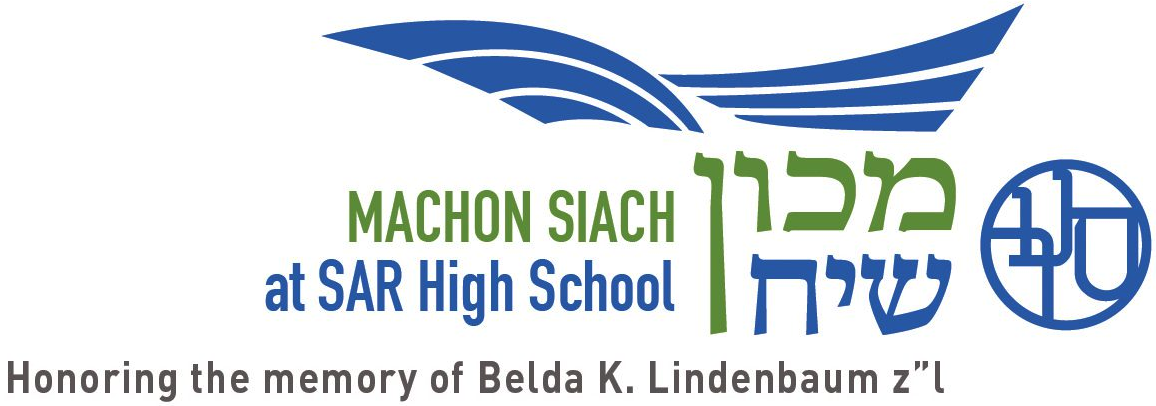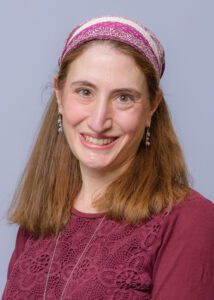
ADHD and Religious Identity
David, a former student of mine from a religiously committed family, is bright and outgoing and was diagnosed with ADHD at the age of seven. In first grade, he had difficulty remaining seated and paying attention, particularly in limudei kodesh, which demanded increased attention due to the language barrier. Though his teachers were experienced and talented, they and his family felt that David would be better served in a smaller remedial class where a teacher could give him more personal attention and where he would be permitted to wander or take breaks as needed.
Ten years later, I encountered David in my 11th grade foundational Gemara class. Right away I noticed a huge gap between his substantial intellectual ability and his skills with a sefer. He raised thoughtful questions and engaged in discussion at a high level but struggled to translate what he read or ground his ideas in the text. More significantly, David, unlike his siblings, had little affinity for learning Torah or for religious observance.
Why are many students like David not only less textually adept than their peers but also less religiously motivated? Granted, David’s ADHD plays a part in his interests and ability. Being a “frum” kid means sitting for long periods of time in shul or the beit midrash and making it through a long school day. And, in general, being frum means adhering to rules and group norms, a challenge for some students with ADHD who might be inclined to novelty and testing limits.
But David has also been sorted, and I believe the sorting has impacted his religious identity. His Judaic Studies class was below his intellectual ability, giving him little chance to catch up on years of missed textual skills, so he doesn’t think of himself as someone who can successfully learn in a beit midrash. He has also been sorted into a davening group for students with weak tefillah skills, and, with the bar lowered for everyone, David never acclimated to a traditional tefillah environment and feels out of place in shul.
I wonder what David’s religious life might look like if he had remained in a standard class but had been given leeway to take breaks or even leave school early. I wonder what David’s religious life might look like if his davening spaces were configured to accommodate his need to pace in the back of the room. I wonder what David’s religious life would look like if he had short-term targeted instruction in Hebrew and tefillah skills. Such accommodations might have allowed David to remain in serious Torah environments with religiously aspirational peers.
Our community has made great strides in recent years in recognizing the many paths in avodat Hashem, and the student who is inclined towards ruach or chesed can be celebrated as much as the student who learns for hours in the beit midrash. But we still have much work to do in opening our standard classroom and shul environments to those who are not neurotypical. A student like David can be a serious learner on an abridged schedule or an inspired davener in a kahal willing to give him space. But at the point at which I met him, David’s self-perception was of a kid who wasn’t good at – and therefore not interested in — the religious opportunities granted to him.
I am not a learning or behavioral specialist, and there are people far more qualified than I to speak to ADHD treatment and intervention on an individual level. But from my perspective as a religious educator, I believe there is more we can do to make our religious settings more inclusive and adaptive to those with ADHD.
Here’s what I’d like to see:
Let’s pause before we sort a student based on his / her attention span or ability to sit and instead ask if there is a way this student can be accommodated in a standard environment. Let’s make a few standing desks the norm in every classroom, not only in younger grades. Let’s make sure the physical spaces of our classrooms, batei midrash and batei knesset are designed with students who have ADHD in mind, with enough room for students to move about as needed. Let’s provide more opportunities for short-term targeted instruction that will provide students with the skills they need to function in standard religious environments. At SAR, we have a teacher designated to work on tefillah skills for a few weeks at a time with small groups of students who need this focused assistance, after which the students re-enter a standard minyan. Let’s be more open to differentiation in our assessments. Rather than asking students with attention issues to learn less Gemara, for instance, let’s chunk the Gemara into smaller units. Let’s celebrate siyyumim on perakim of Tanakh and on masechtot of Mishna, offering students with difficulty focusing the timely encouragement they need to keep at it. (The OU’s Mishna Yomit initiative is a wonderful resource for a learning project that can be done in small chunks.) Let’s identify roles in tefillah that enable students with ADHD to get out of their seats while contributing positively to the community, such as collecting tzedakah. One wise middle school teacher I know reserves the role of gabbai sheini for students with ADHD.
To be sure, many schools (including SAR) employ these strategies. But we do so in an ad-hoc way, one teacher or one classroom at a time. What is lacking is a communal conversation around opening up our religious spaces and an awareness of the negative effects of sorting on students’ religious identity. To fix the issue, we first need to name it. Let’s put the religious lives of our children with ADHD on the communal agenda. And then let’s plan, deliberately, across schools and shuls, ways to keep David – at age 7, age 10 and age 15 – challenged and excited by Torah and mitzvot without separating him from the kahal.



